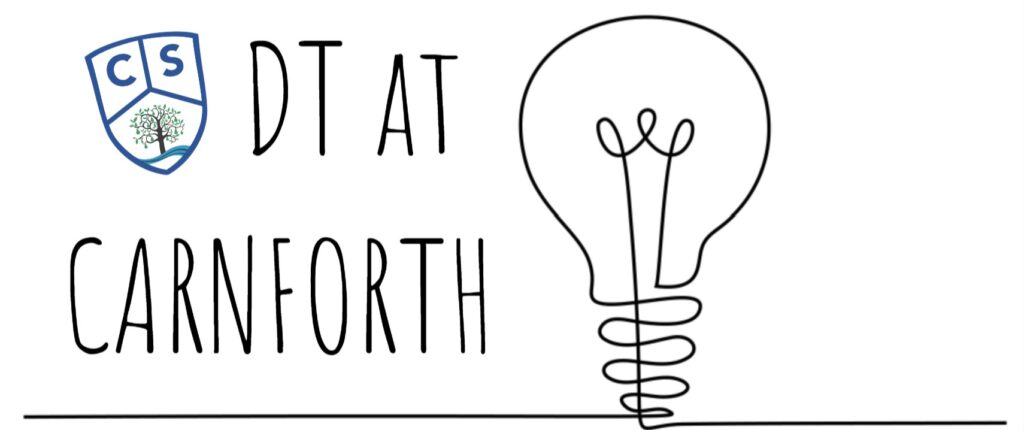Intent
Using the idea of footsteps, children will learn about their place in the world; the physical imprints we’re leaving on the environment; the impact of choices that were made in the past and how we can impact the world for the future (within our own communities and beyond).
We aim to develop a sense of belonging in children – understanding where they are in the world and how people, time and events have led them to be here. This can then be compared to other children in different places and across different time periods. Purposeful, memorable learning opportunities (including trips, visitors and artefacts) will promote aspirations, enable a positive self-image and develop a sense of well-being. Careful curriculum design will develop effective communication and language skills so that the children can interact with each other and the world around them. By using transferable skills between subjects, an ethos of a lifelong love of learning will be established.
Design and Technology is an inspiring, rigorous and practical subject. Through design technology, we encourage children to learn to think and intervene creatively to solve problems both as individuals and as members of a team. At Carnforth School, we encourage children to use their creativity and imagination, to design and make products that solve real and relevant problems within a variety of contexts, considering their own and others’ needs, wants and values. We provide pupils with the opportunities to design and make products with a purpose in mind. Through our cross curricular approach, we provide children with the opportunities to draw upon subject knowledge and skills within Mathematics, Science, History, PSHE, Computing and Art.
At Carnforth, there is a focus on developing language which enables children to fully express their ideas with the use of subject specific vocabulary; children are able to critique and evaluate both their own and the work of others, showing tolerance and respect. Children learn to take risks, be reflective, innovative, enterprising and resilient. Through the evaluation of past and present technology, they can reflect upon the impact of Design Technology on everyday life and the wider world.
We want children to be inspired to be designers, engineers, animators, CAD designers and architects.
Implementation
As a school and in accordance with the National Curriculum’s expectations, we aim to ensure that all pupils:
- Produce creative work, exploring their ideas and recording their experiences
- Become proficient in drawing painting, sculpture and other art, craft and design techniques
- Evaluate and analyse creative works using the language of art, craft and design
- Know about great artists, craft makers and designers, and understand the historical and cultural development of their art forms
Class teachers are responsible for teaching art and design technology, although there will be times when professional artists/helpers will be involved in the teaching of the topic. We take every opportunity to develop links with outside agencies and experts, in order to enrich our Design and Technology provision.
Throughout the year, we take part in STEM workshops and competitions to provide children with opportunities to develop their science, technology, engineering and maths skills. As a Trust, we collaboratively plan a STEM project to be run over a fortnight concurrently for all year groups. At the end of the fortnight, the achievements are showcased in a pupil led open event for parents and external visitors. This involves the pupils demonstrating what skills they have learnt and how they have applied these to a prototype and then eventually producing a final product fit for purpose. Along the way, the pupils will have to problem solve, work as a team or develop their independence and show resilience when evaluating and refining their product throughout the design process.
‘I enjoyed working as a team.’ -Stefan (Year 5)
‘I enjoy all of it as it isn’t just about building, it was engineering, maths and science in one thing.’ -Alex (Year 6)


